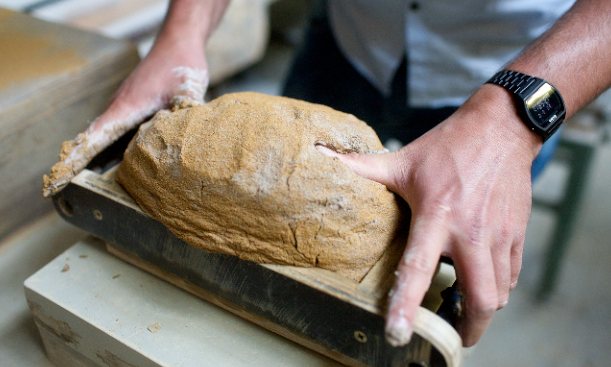Blog
As decision makers continue to mull over the best practice for achieving a sustainable economy, some forward-thinking firms are already giving the idea of a circular economy their seal of approval. Here we look at how a Rotterdam house is providing local policymakers with the evidence they seek to render it a worthwhile tool for future development.
A 1976 report entitled ‘The Potential for Substituting Manpower for Energy’ was among the first to argue that the use of existing materials in construction would not only preserve precious resources, but also have positive impact on the economy and increase the standards of waste management.
Since then the idea of ‘the circular economy’ has made its way through think tanks and policy planning committees to become one of the brightest prospects in preserving our landscapes.
But while policymakers continue to deliberate various courses of action, more practical-minded project managers are getting their hands on some interesting projects in order to demonstrate how effective the drive for a circular economy can be.
In Rotterdam[1], two graduates from the Technical University of Delft are making the most of waste materials in order to build a home together. Nina Aalbers and Ferry in ‘t Veld are working with a sustainability start-up to provide the bricks for a four-storey home on Gouvernestraat.

Waste-based bricks
The start-up co-founder, Tom van Soest, spends his time in a lab two hours away, but rather than overseeing a team of eco-conscious engineers, it’s he himself firing up the bricks.
He works with local ceramic and glass manufacturers to collect their waste materials – along with rejected clay – and reforms them into brand new building bricks.
Van Soest is also involved with a project that’s turning demolition waste into viable materials. On the practical side he’s working to make the most of what he receives, but is also collaborating with local and regional schemes in an effort to have that wastage reduced in the first instance.
Together with waste management firm Suez Environment, van Soest and StoneCycling are campaigning for the Dutch government to introduce a building materials passport, which clearly lays out the materials that could potentially be re-used when a building reaches the end of its life cycle.
Van Soest’s business partner, Ward Massa, told The Guardian that while he’s excited about the prospect of the circular economy, some are more reserved about the potential of using existing materials to save on costs and manpower, at least for now.
He explains: “In general [architects] love the products because it opens up a whole new range of possibilities… On the other hand, they want to see proof. Realising a number of projects is extremely important to take away any scepticism about building from waste.”
The reusability of materials and tools is proving to be vitally important as we head towards a circular economy. But while key decision makers struggle to implement guidance and ways to evaluate its success, responsibility falls to projects like the one being built[2] in Rotterdam to offer living proof that the circular economy is more than capable of producing architecturally sound, sustainable and aesthetically pleasing projects.








